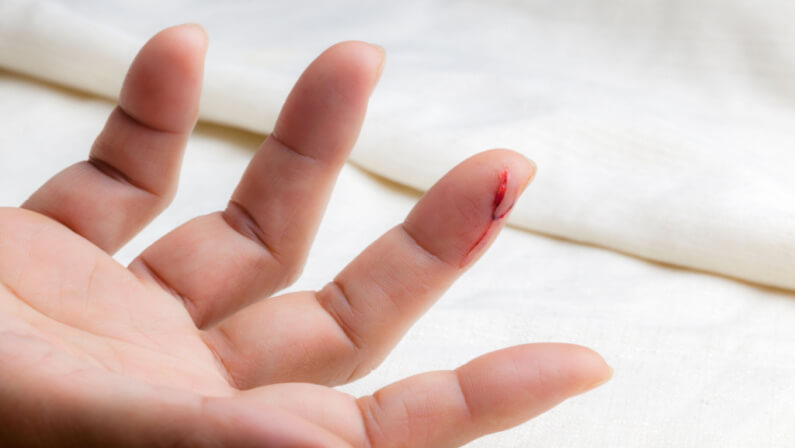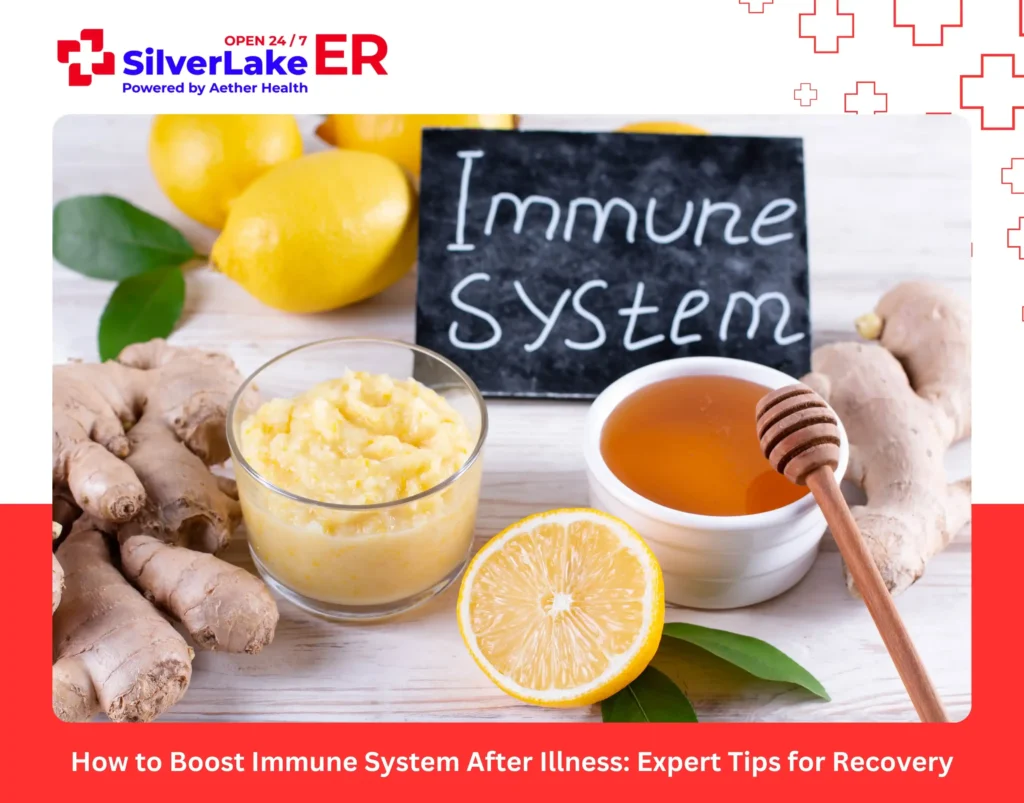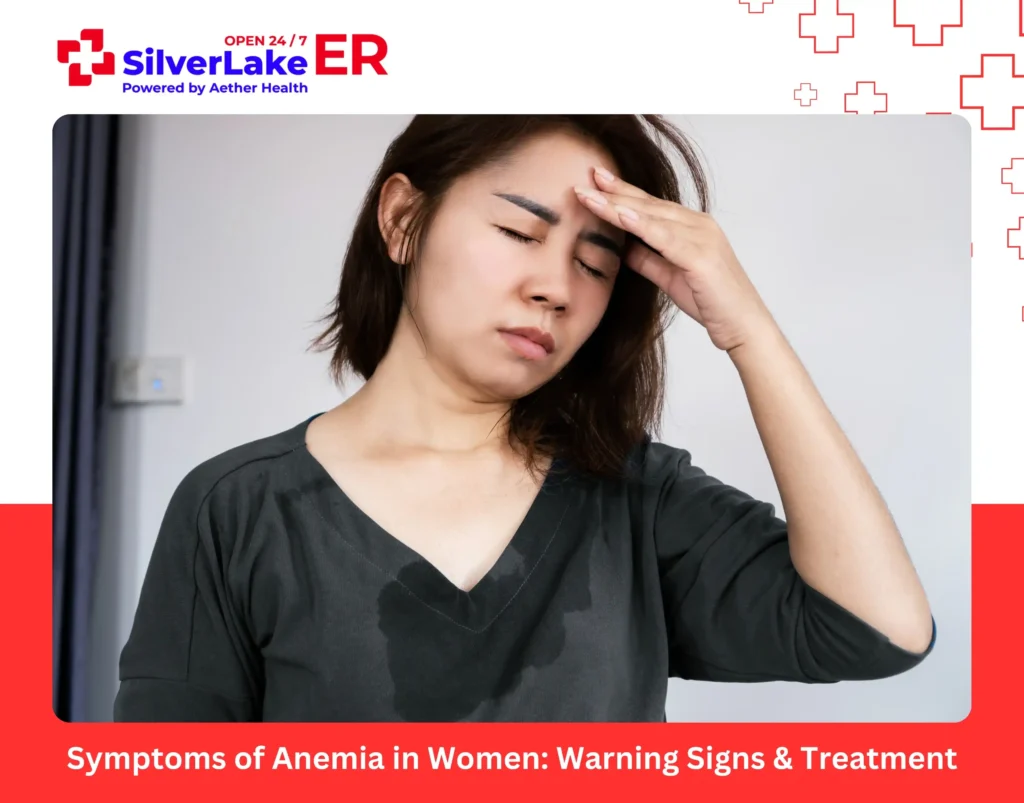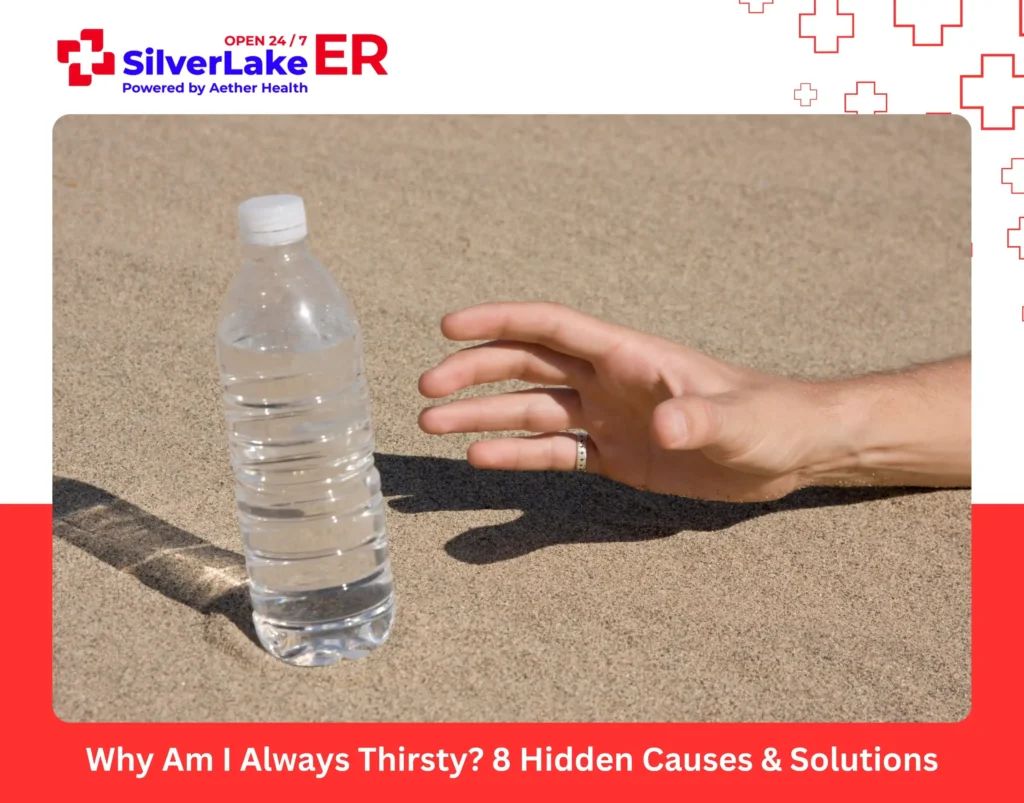You may be surprised to learn that your body begins to heal itself minutes after an injury.
The healing procedure, however, isn’t always straightforward. Infections can be brought on by bacteria and germs.
It is important to keep in mind that any wound, no matter how little, has the potential to become a chronic wound if left untreated. Be sure to monitor your wound closely as it heals.
How To Recognize An Infected Wound?
Observe the following signs if you think your wound may be infected:
Warmth
In the early stages of healing, your wound frequently feels warm. This is a result of the white blood cells’ defense against bacteria or germs. But if the wound continues to feel warm after the first five days, it might be a sign that your body is working hard to ward off bacteria and infection.
Redness
Immediately following your injury, the area may be swollen, painful, and red in color. This is expected because blood is being delivered to the area in order to provide oxygen and other nutrients for healing. However, if the wound is still swollen and red after five days, your body is not healing properly.
Discharge
Your wound should be free of pus and blood after the initial discharge. If the discharge persists throughout the wound healing process and starts to smell unpleasant or look discolored, it is likely an infection.
Pain
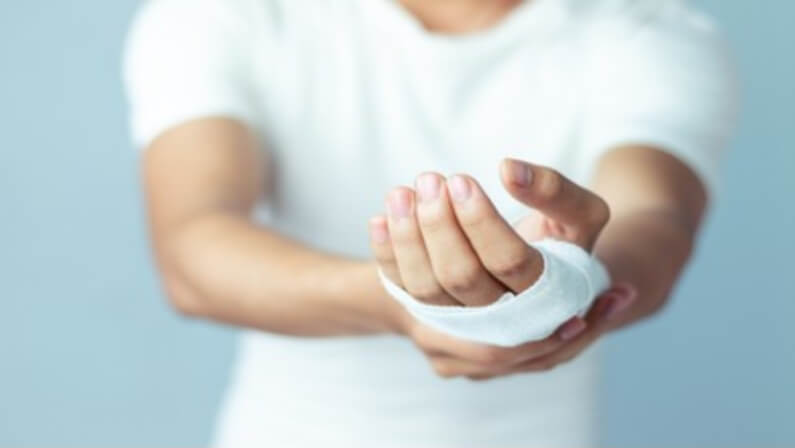
Of course, experiencing pain after being hurt is normal. There will undoubtedly be more pain if you have a deep wound. However, persistent pain is also a sign of infection, particularly if it is out of proportion to the size of the injury you’ve suffered. With the help of painkillers, your pain should lessen rather than worsen.
Fever
Once an infection has begun, it will spread throughout your body by entering your bloodstream and raising your body temperature.
Who’s At Increased Risk For An Infected Cut?
Certain factors, such as having type 1 or type 2 diabetes, raise your risk of getting an infected cut, having a compromised immune system, which may be caused by using steroids, receiving chemotherapy, or contracting an autoimmune disease like HIV.
What Causes An Infected Wound?
The majority of wound infections are brought on by bacterial colonization, which can come from either the normal skin flora, bacteria from other parts of the body, or bacteria from the environment. Staphylococcus aureus and other staphylococci are the most prevalent bacteria that cause infections.
How To Prevent Wound Infection
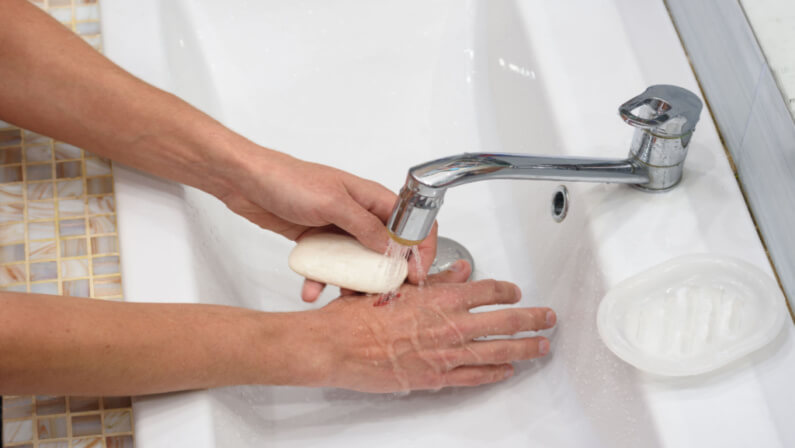
To help prevent wounds from becoming infected, take the following actions:
- Quickly wash the wound with soap and water.
- Use a little bit of the over-the-counter antibiotic ointment that you can purchase.
- Bandages or gauze dressings should be applied to wounds and changed every day or whenever they become soiled or dirty.
- Within the first 24 hours, keep the wound clean and dry.
- Prior to and following wound care, wash your hands.
- As directed by your healthcare provider, change your dressing every day.
How To Treat An Infected Wound
If you notice any symptoms of an infection, you should see a doctor right away. Medical attention may be necessary for any wound that isn’t healing, has a lot of pus, or is otherwise getting worse.
Natural Remedies
Only minor wounds can be treated with natural remedies. The following should not be applied to open wounds, and you should never use alternative treatments in place of receiving medical care for serious wounds and infections.
Aloe Vera
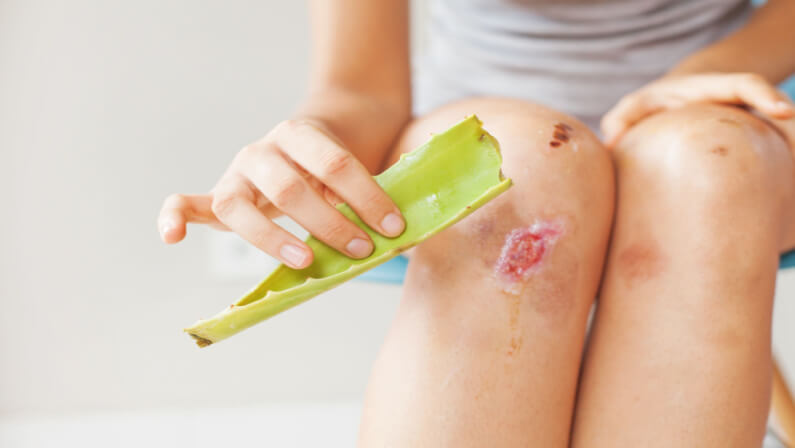
You may have used aloe vera in the past to treat a sunburn, but this subtropical plant’s gel-like substance can also be used to treat other skin issues. Aloe vera has both antimicrobial and anti-inflammatory properties, and it may also hasten the healing of skin tissue, claim two reviews of the literature published in 2016 and 2012.
Honey
According to a 2012 research review, clinical researchers have studied honey more than any other natural remedy. Sometimes used as an alternative to bandages and other skin dressings, it may aid in the healing of small wounds and the prevention of infections. According to a 2016 review of the literature, some conventional dressings may also contain honey.
Lavender Oil
An analysis of recent studies found that lavender, particularly in the form of essential oils, may hasten wound healing as well as have antimicrobial and antibacterial properties. Like with any essential oil, you should first dilute it with a carrier oil like jojoba, olive, or almond oil.
Marigold
During in vitro studies, marigolds (also known as calendula), stimulated collagen production as well as antimicrobial and anti-inflammatory activity, according to a 2016 review of the literature.
You can apply brewed tea bags to the wound or buy marigold ointments to apply to the area. If you have a ragweed allergy, you might want to think about performing a patch test first.
Turmeric Paste
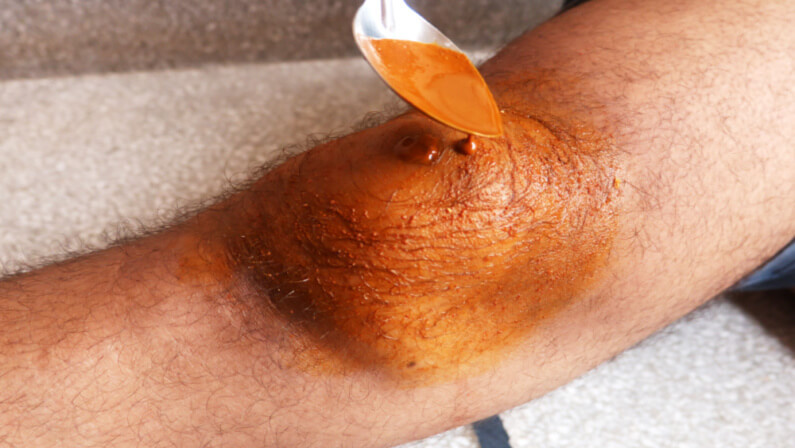
Curcumin, a naturally occurring anti-inflammatory and antimicrobial substance found in turmeric, may hasten the healing of skin wounds when applied topically. Turmeric may even have anti-infectious properties, according to a 2018 review of the literature.
Despite the fact that turmeric has been extensively researched in animal studies, there haven’t been many human studies that have examined its effects on wounds, finds a 2012 review of the literature. Additionally, avoid taking turmeric supplements orally as they increase the risk of bleeding.
Tea Tree Oil
Natural antiseptic tea tree oil may also be used to treat skin inflammation. To treat burns, however, you cannot use products with tea tree oil in them. Tea tree essential oil, or items containing it, may be applied to the skin up to twice daily.
Topical Vitamin E
Vitamin E, which is primarily recognized as an antioxidant, also has anti-inflammatory properties that may aid in the healing of wounds and limit further tissue damage. One source of vitamin E is coconut oil, but you can also buy topical formulas at your neighborhood pharmacy.
Clinical Treatments
You might think about switching to over-the-counter (OTC) clinical treatments if natural remedies aren’t promoting the healing of your wound.
Options may include:
- To help cover cuts, use sterile bandages.
- Applying petroleum jelly all day long may facilitate healing and minimize scarring.
- Topical antibiotics available over-the-counter
- Pain relief with acetaminophen (Tylenol)
Signs Of Healing Infected Wound
The following are some typical wound healing indicators that show your wound is healing properly:
Scabs
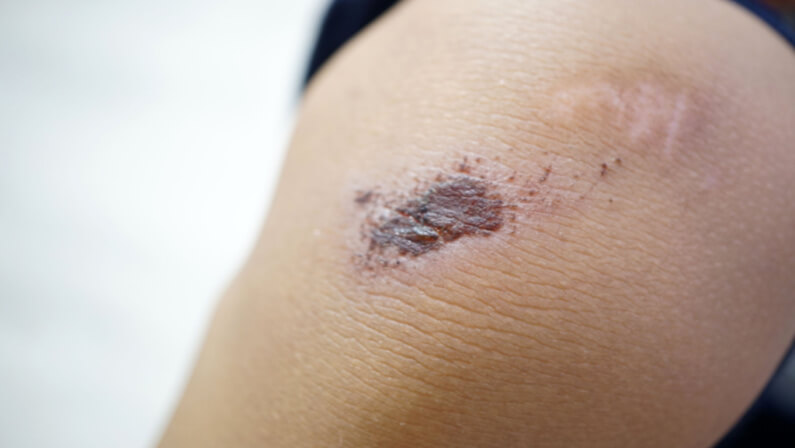
Generally speaking, cuts and puncture wounds heal in three stages: bleeding, clotting, and scabbing. You may need to seek additional care if your wound is still bleeding after a considerable amount of time and no scab is developing.
Swelling
The immune system is healing your wound when swelling occurs. To facilitate blood flow and deliver oxygen, vitamins, and minerals to your injury, the blood vessels widen. A maximum of five days should pass during this phase.
Tissue Growth
Once the swelling has subsided, you’ll see new tissue forming over the wound, which typically lasts a few weeks.
Scarring
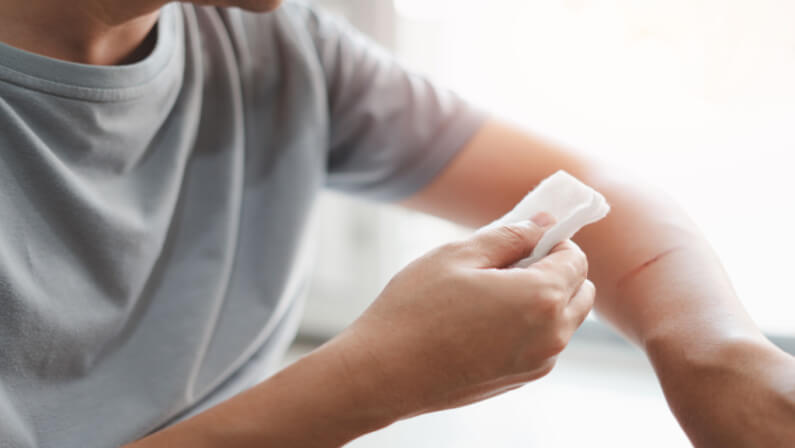
This demonstrates that healing has taken place. You will have a scar after the initial scab falls off. In the case of a severe injury, it might stay with you for a long time or just gradually go away.
Risk Factors For Wound Infection
Several risk factors include the following:
- the elderly
- Diabetes
- malnutrition, cancer, autoimmune diseases, and infections with the human immunodeficiency virus
- Having limited mobility due to paralysis or another condition (wheelchairs, bedridden)
- The risk of infection from bacteria that are antibiotic-resistant rises with hospitalization.
Infected Wound Complications
The wound’s delayed or non-healing, cellulitis, abscess formation, osteomyelitis, and further wound deterioration are examples of local complications. Among the systemic complications are sepsis and bacteremia with the potential for distant hematogenous spread.
The Bottomline
Aether Health – SilverLake ER in Pearland, Texas can assist you in receiving prompt medical attention and hospital-level care from highly skilled emergency physicians if you are having difficulty healing a wound or discover that your body’s wound-healing abilities are impaired. Contact us today!

